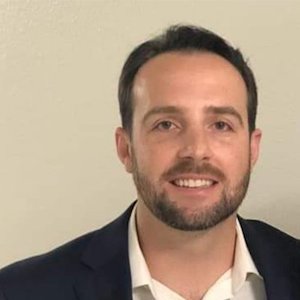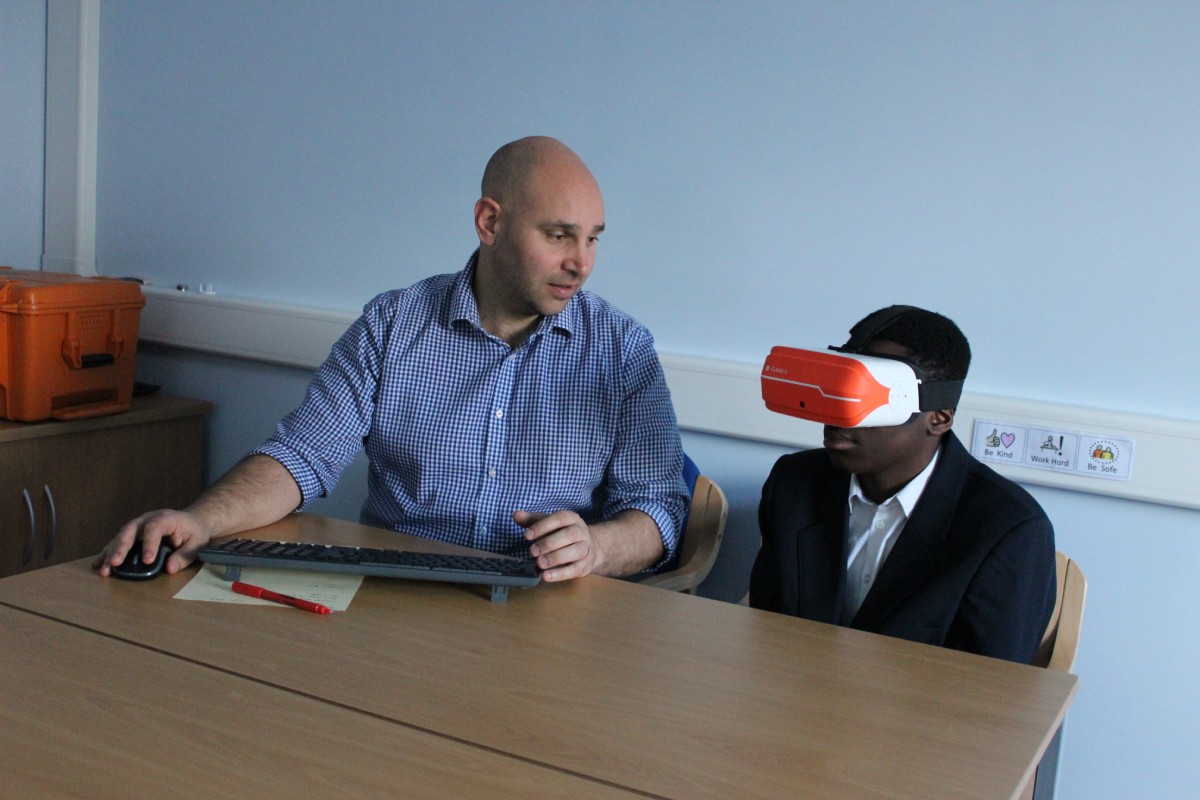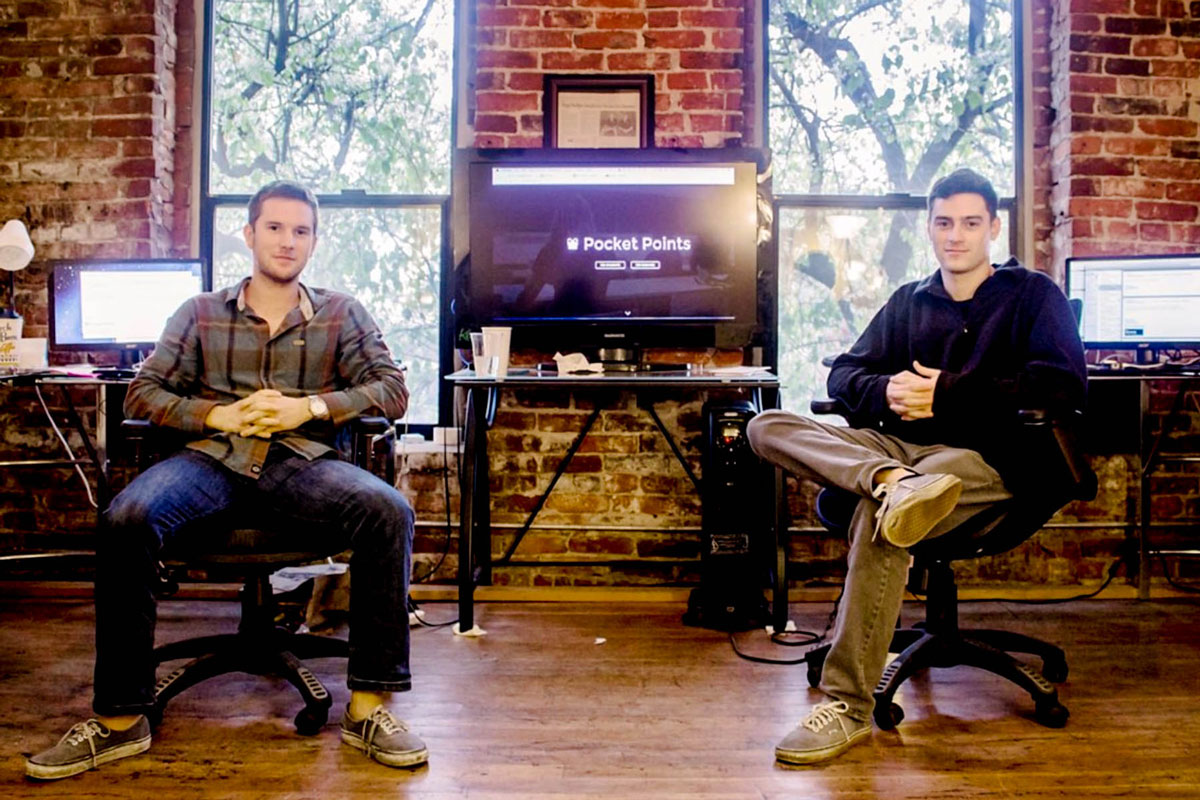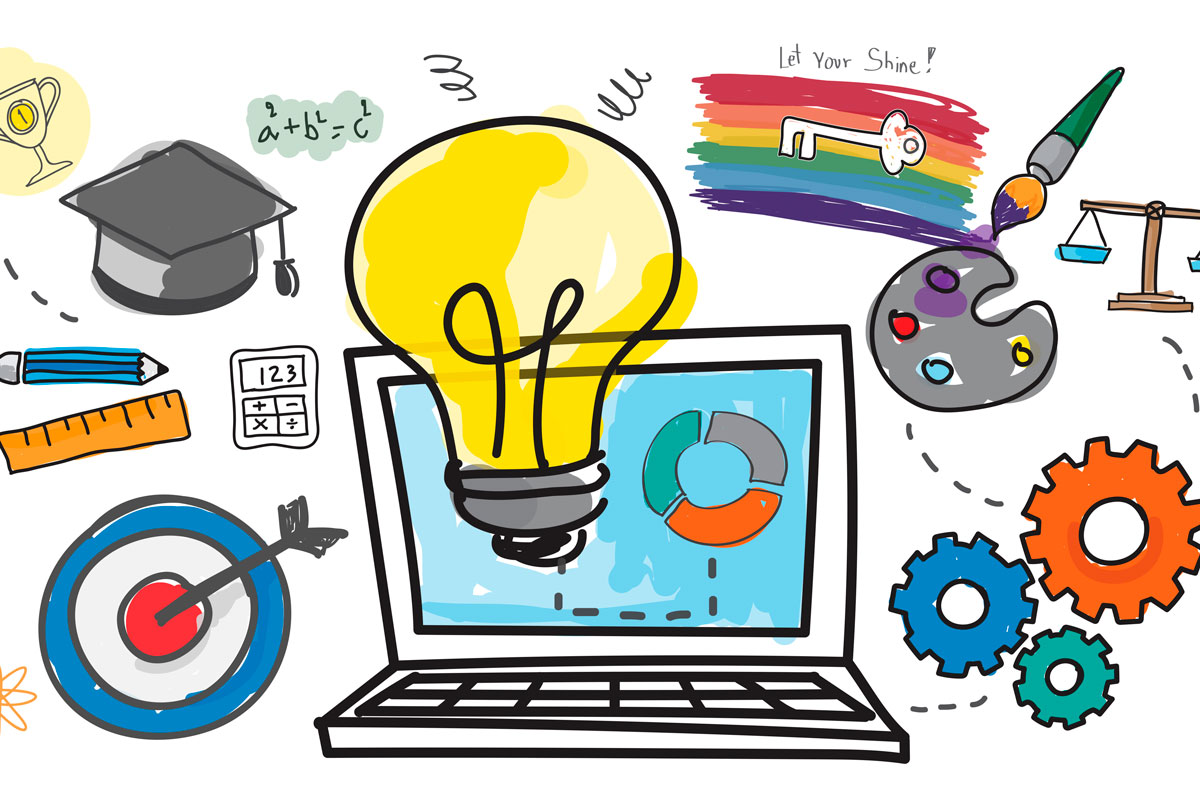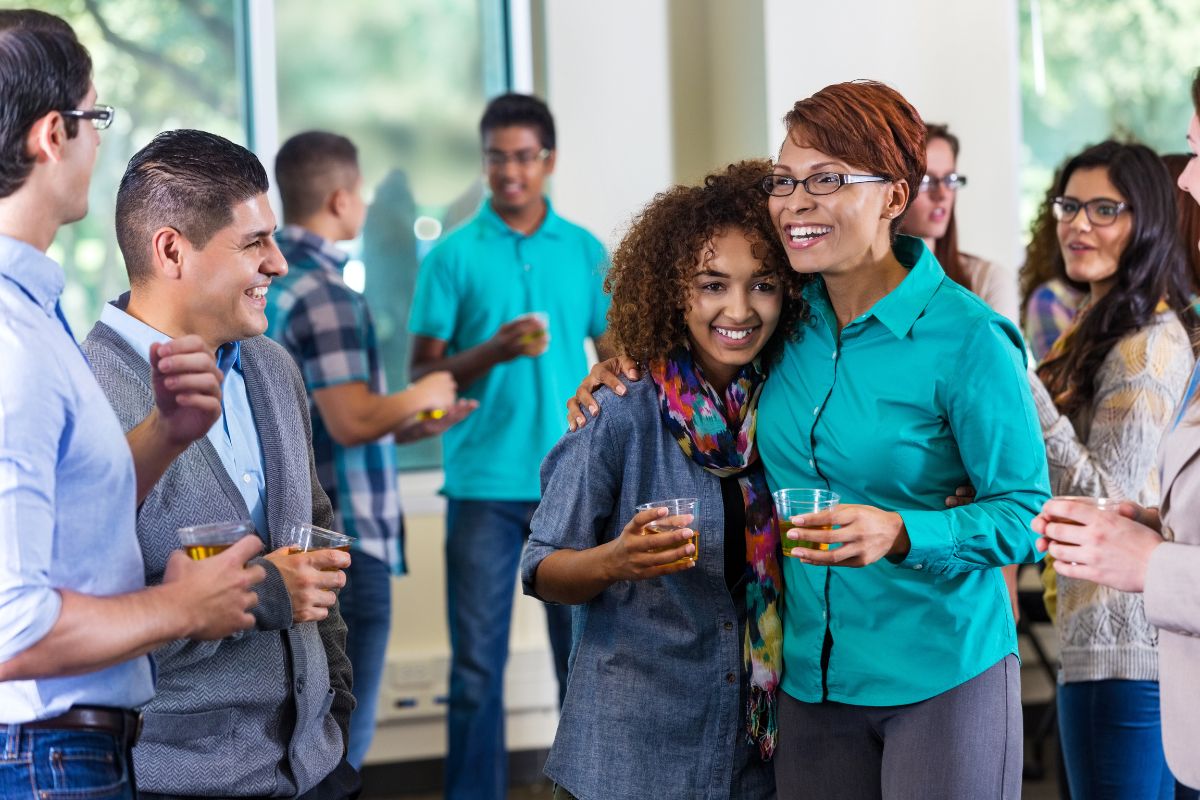Reflecting on Educations Challenges and Opportunities of 2021 to Help Us Navigate in 2022 and Beyond

As we end 2021 and move into 2022, much has happened in the world of education that can help us navigate our present and future. This past year consisted of challenges brought upon by the pandemic, divisions in local and national politics and discourse, school culture, the realities of reacclimating students to school as well as navigating disruptions brought upon by the pandemic, and the increasing pressures on teachers and schools to provide our students beyond an education has been a monumental challenge. For many, it’s been the most challenging school year they’ve ever experienced; even beyond that of the 2020 school year. A few questions resonate:
1. How can we navigate the present and future of education in ever-changing world?
2. Where do we go next?
3. How can we work towards retrofitting education and making it sustainable for educators?
4. How can we develop the curriculum and environment where we teach our students to be lifelong learners?
Efforts have been made to navigate and weather the storm of the pandemic. Public education in the western world has received immense amounts of funding, most notably in the United States. These rescue funds were geared towards mitigation efforts, testing, technology, curriculum, social services, and more. The long-term effects of this funding and changes as a result of the pandemic are beginning to take shape. Much of the changes we are seeing in education are taking place within the 120-year structure that has been in place. Innovation has taken place in pockets and pushback towards innovation has taken hold in many places as we’ve seen schools and classrooms move towards instruction we saw prior to 2020. The notion of innovating inside the box has been resonating throughout the year. Have you seen this happen in your classroom, school, and district? Or, have you seen a regression backward?
On a positive note, technology has become more widespread and equity gaps in this area have begun to be bridged. Additionally, we are beginning to imagine and see that instruction can be delivered within any classroom setting. Instruction without boundaries will continue to gain steam as more teachers and schools will gain the skills and capacity to do this effectively as we move into the future Also, social-emotional learning (SEL) has exploded in popularity and use in K-16 education. Now, when you walk into many classrooms, you will see SEL strategies and activities integrated into the instruction throughout the day and lessons you observe. Although, there is much debate as to what’s working and not working with SEL in classrooms. In addition, there’s a glaring need for more social and psychological services within schools, which has been there since long before the pandemic. Last, there’s been a huge move in many places to change how students are assessed and graded. Formative assessment can now be conducted much more efficiently with EdTech in place. Teachers can now see each and every student’s progress multiple times throughout a lesson and make adjustments to the lesson and provide feedback to bridge gaps in understanding. Similarly, going gradeless and competency-based grading has gained more steam. Many districts have eliminated D and F grades and are moving towards skill-based competency grading scales. While this is still not completely mainstream, this movement that has been on the fringes of education is becoming more front and center than before the pandemic. What opportunities do you see with these developments?
As the year 2021 ends, we are amid the largest wave of COVID-19 we’ve seen even with widespread vaccination available to all ages beginning at age five. Unfortunately, we are far behind where we should be across North America. Several large K-12 school districts and universities are toggling online for the time being to avoid high case rates as they return in January. This has also occurred on a smaller scale when various classes or entire schools had to toggle for a week or so here and there this fall when outbreaks have occurred on campus. On a final note and on top of the toggles that are occurring this winter, we are seeing massive teacher burnout and resignations from the profession. We saw this in 2020 and beforehand. Yet, the warnings are now manifesting into major teacher shortages. Last, we are seeing students struggling with their mental health like never before. Before and during the pandemic, this has only progressively worsened.
This is only the tip of the iceberg. I have tried to highlight many of the things I’ve observed and experienced in addition to dialoguing with educators locally, nationally, and globally. While there have been some positive developments, education is clearly in a crisis that has been brewing before the pandemic and has been exasperated over the last two years.
Ultimately, the goal is to highlight some of these challenges and opportunities and provide some ideas of how to move forward and navigate through the challenges we are facing in K-16 education in 2022.
Let’s begin to further dissect some major challenges and address them.
Teacher Burnout and Mass Resignations – In both of my books, especially in Navigating the Toggled Term: A Guide for K-12 Classroom and School Leaders, I outline various practices that can be done within a school system as well as on an individual basis to mitigate teacher burnout. How can we as an educational community take this on? I believe there are things we can do now that are systematic and can be done on an individual basis.
Schools can do a number of things. Schools can systematically increase planning time, increase pay, decrease meetings, personalize professional development, eliminate extra duties, more push back and support by admin to parents and students, and improve school culture through trusting and building the confidence of teachers, which can help mitigate burnout now. Some of these are building-level decisions, which can be implemented now. While some of these measures can be costly, there are several that are low cost and can happen without school board approval. Major funding policy changes occur at the state level. You can vote, advocate, and lobby policymakers locally and at the state level to push these policy changes.
On an individual basis, there are several things teachers can do to help lessen the stress on their plate. First, teachers can stop taking work home, create a not-to-do list, focus on their top three priorities, mitigate the multi-tasking, and lessen the amount of time given to grading. Beyond this, having an activity outside of school that can help you mitigate stress like working out, reading a book, and/or spending time with family and friends, can all help as well.
Continued COVID-19 Disruptions Resulting in Toggles – As we’ve seen throughout the school year. Entire classrooms, schools, and districts have had to toggle back and forth between in-person and online instruction due to outbreaks. Unfortunately, this has not improved throughout the year even with vaccines because children ages five and up have only been recently been given clearance for vaccination as well as having to navigate the overly infectious omicron variant. Going forward, more treatments will become available and, we hope, that the variant is much less deadly and serious than delta. With this said, we must be prepared to continue to toggle as well as amplify our testing at schools and vaccination programs. The only way to avoid toggles is to have a robust testing strategy in place where all students and staff (regardless of vaccination status) are tested on a regular basis. Amplified testing protocols should continue until the local test positive percentage drops below .05% for community transmission and having a school vaccination rate of 95% or above.
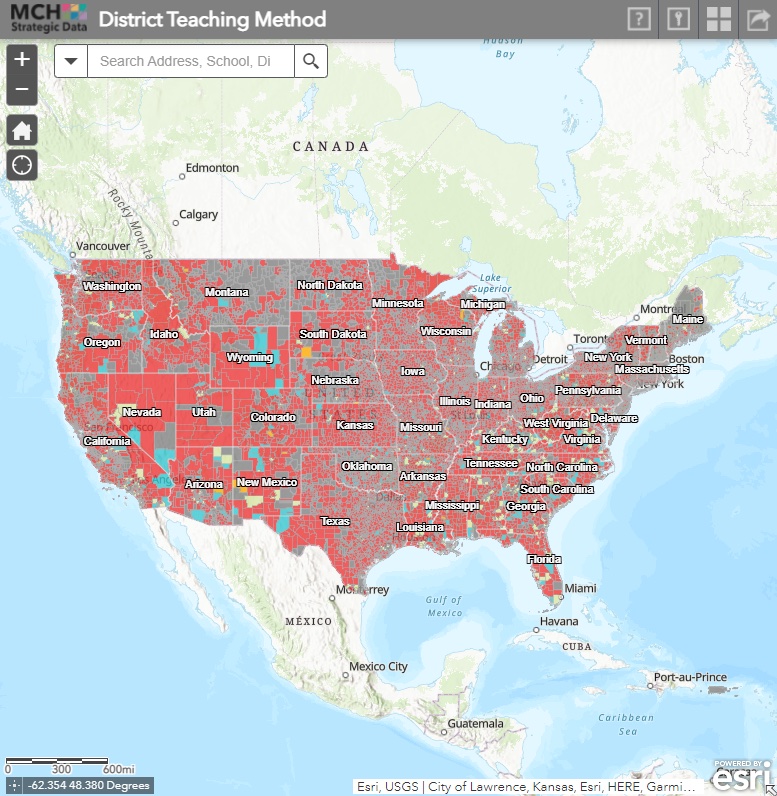
You can check out the MCH Strategic Data website outlining all districts in the US instructional model and COVID policies. Expect this map to change in the coming weeks to reflect the exponential case counts occurring during the 2021 holiday season. How many toggles do you believe will occur nationwide and in your community?
Immense State and Federal Funding for Education – Will it Continue? Over the course of the past year, we’ve seen unprecedented funding come from state and federal stimulus bills to help fund education. The big question is will this funding continue? As mitigation efforts need to continue to be improved and amplified along with teacher salary and working conditions, this funding will be needed moving forward. If we see any massive drop in this funding across our K-16 system, it could prove disastrous. Therefore, a huge question moving forward is will the funding continue?
In many states, funding models directly associated with attendance are proving to not be effective and handicapping schools due to the disruptions caused by COVID. When students are out for long periods of time, schools lose this funding, which is out of their control. Thus handicapping them when students are out with funding deficits. One major effort to navigate this is to provide funding as if all students enrolled were attending each day throughout the year. In California during the 2020-2021 school year, the average daily attendance (ADA) function for funding was frozen but then reinstituted for the 2021-2022 school year. As we move forward, this indicator should be eliminated from the funding mechanisms utilized to fund schools. Without this barrier, schools would be better positioned to fund programs, teachers, and mitigation efforts with more predictability at a much quicker pace to keep up with the ever-changing conditions we are facing.
A Big Snapback in the Fall and a Push Forward in the Winter – EdTech – If you walk into classrooms, many schools still have devices for each of their students that they can utilize in the classroom as well as at home. However, countless school districts have taken away student devices and limiting access to them. We’ve seen schools and teachers lose the technology-infused pedagogy they were using and observed a move back to paper, pencils, worksheets, and high-stakes testing. Unfortunately, for some educations, this may have not been by choice as the technology devices were taken out of the classroom and students hands. Also, many had to go down this path to simply survive the school year with or without using technology. This is what we call the big snapback, which was inevitable moving back from online and hybrid instruction to being fully in-person. A large snapback was expected after a year of constant change.
Much of the professional learning that took place over the past two years was not continued and not personalized to meet teachers where they are at. The best form of professional development during this time is asynchronous and then reinforced by coaching that comes directly into the classroom. Forming collaborative relationships with teachers and teaching with them while learning a new strategy and/or a tech tool will yield the best results. When done intentionally as a strategy for improving the capacity of a school, it will move schools forward rather than experience a snapback.
Looking Forward to 2022 – Some Ideas to Help Us Navigate and Move Forward into a New Year
Based on these topics, there’s much we can move forward to prepare for the future. Here is a list of things we can do now that can help prepare us for the year to come and beyond. Ultimately, the goal would be to focus on three to five of these items to begin (many already are). Then, add more over time. Navigating these challenges will be gradual. Change will not occur overnight. Yet, over time, change can occur that will be positive to teachers and students.
- Focus on social-emotional learning and building relationships with students.
- Advocate for funding and more testing.
- Decrease number of meetings and additional duties.
- Personalize PD that is asynchronous in delivery and provide coaching that goes directly into classroom. Ensure PD focuses on a learning management system and strategies that can be utilized within any classroom setting (in-person, online, blended).
- Provide more planning time and spend less time grading. Focus on formative feedback.
- Don’t forget about the tech. Focus on tech integrated instruction; especially for formative assessment.
- Focus on collaboration, autonomy, and trust.
- Connect with other educators by expanding your local and global professional learning network.
- Focus on your school and classrooms systems. Spend time thinking about what systems are working versus what are systems that are not working or efficient is key for making organizational change. Change the systems if they are not working nor efficient.
- Provide teachers additional resources and services for mental health.
- Develop online academies within each district.
- Create personalized learning pathways within schools and districts for students.
- Change grading practices to competecy based or gradeless.
What other items would you like to add to this list? This list definitely does not encompass everything that can be done. Rather, it is a list to build upon moving forward. Please feel free to comment at the bottom of this post and share your thoughts.
Conclusion – Moving into 2022
As we progress into 2022, we have many challenges ahead yet I have optimism. As someone who has hands in K-12, Higher Education, and Adult Education, I am lucky to see a variety of different perspectives and see change already taking place. We have shifted course and the pedagogy and use of technology have significantly improved. Although, with COVID being a major challenge that does not seem to be going away as a significant challenge anytime soon, much of what we see is headlined by COVID and how it’s wrecking havoc on a system that was already in dire need of systemic change. Our course moving forward in education will be predicated much more on greater societal systemic changes. Although, I do believe at the school and classroom level, things can be done now to improve the education experience for students and teachers, which many amazing ideas are highlighted in this Twitter thread.
I believe education in our day and age should be to create lifelong learners. In 2022 and beyond, we all will have to reskill every five years as the skills today may need to be completely refined or refitted. Our goal should be to set students up with the skills to learn new skills and cultivate a mindset that yearns to learn and reskill. Personalization for teachers and students is at the forefront of my mind as I move into the next year. Many of my upcoming projects with AmpGlobalEdu and Instruction Without Boundaries all relate to creating personalized pathways for educators to teach students important lifelong learning skills in any classroom environment.
Overall, arguments have been made to either innovate inside the box or tear down the system to help mitigate many of the challenges we are experiencing. I do believe our education systems are outdated and the world we live in today does not fit our current education models. Ultimately, the world is changing faster than our institutions, not only in education but also in governance and in economics. As a culture and society, especially in North America, it comes down to building trust and esteem for the necessary reforms and the institution itself for change to occur systematically.
I hope everyone has a fantastic and safe New Year. I cannot wait to connect, learn, and collaborate with you in 2022 and beyond!
This article was originally posted at matthewrhoads.com.
This article is available and can be accessed in Spanish here.

